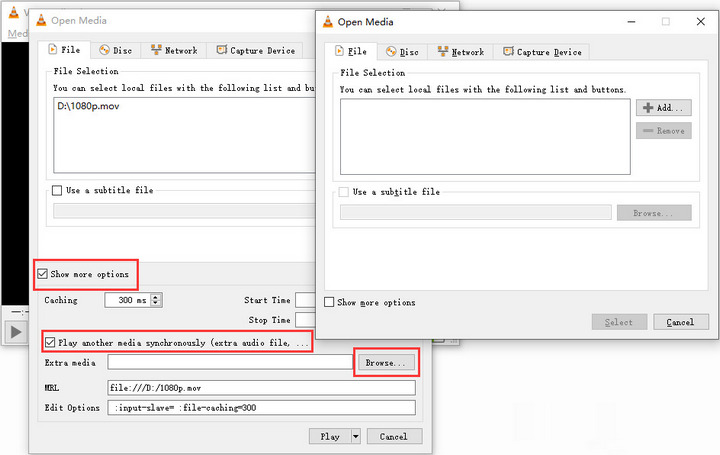

Theatrical tracking of very small releases can be patchy. I have not accounted for inflation in these figures. Unless otherwise stated, all figures relate to the North American (i.e. However, I do not feel this would skew the overall results. This may mean that some movies are missing the fact that a single character spoke a line in a non-English language. I did cross reference data between sources, and in a few cases, dig deeper individually. I did not watch every movie, noting all languages spoken, and so I am slightly at the mercy of public information. The study looks at feature films shown in US cinemas between 1st January 2003 and 21st December 2017 and includes re-releases and re-issues. Today’s data came from IMDb, Box Office Mojo, The Numbers and Wikipedia. War movies make up a disproportionately large share of the movies featuring dialogue in German, Arabic and Hebrew.

Over one in ten films with Russian dialogue are science fiction movies. Finally, let’s turn to sci-fi and war movies. Perhaps surprisingly, Romance is more a feature of films with Italian than those with French. That said, it lags behind Latin, which I’ve added to the chart below, despite Latin not being in the main line-up of ‘most commonly used languages’. Horror is also a popular genre of films featuring Japanese. 23% of all films featuring Japanese in US cinemas are animations.

Films featuring Russian and Arabic are least likely to be comedies. Of the most commonly-used languages, Hindi has the highest proportion of comedies, accounting for 43% of all films featuring Hindi. It can take a moment to get your head around, but once you do it’s fascinating to see how genre and language are correlated. In this case, French would show up as 27% on the comedy chart, as that’s the percentage of French-featuring films which were comedies. For example, in my study, I found 1,064 movies featuring French, of which 283 were comedies. The charts below show what percentage of movies in each language are of a certain genre. How genres change between languagesĪs a final part of today’s instalment on languages, let’s look at how languages differ between genres. On the flip side, a number of Asian languages are increasingly appearing in movies, with Mandarin, Korean and Hindi all growing in usage. In 2003, 16% of movies featured at least some spoken French, whereas in 2017 it had fallen to just 6%. This may not last if current trends continue, as many of the top European languages are in decline, with French hardest hit. Which languages are rising and which are waning?Įuropean languages fared well on the previous chart, taking the three top spots. It’s not that 12% of movies are entirely in French, but rather than 12% of movies feature at least one line in French at some point. If these numbers seem high, remember that a movie will show up on the list even if just a few lines are in that language. Other popular languages included French (featured in 12% of movies), Spanish (8.6%), German, (5.2%) and Hindi (4.9%). The most popular languages in modern moviesĪcross those 8,798 movies studied, 81.4% featured English as one of their main languages. It may be officially classed as a ‘dead language’ but it’s alive and well on the big screen.Īlso represented were fictional languages such as Klingon (from the Star Trek universe), Na’vi (from Avatar) and languages from The Lord of The Rings / Hobbit universe, including Quenya and Sindarin. Not all are current Latin is the 16th most frequently used non-English language spoken in movies (2003-17).

Across all my movies I counted 168 unique languages, although only fifteen featured in more than 100 movies. The film with the highest number of languages is Life in a Day, featuring at least twenty. How many languages are in modern movies?įilms can have more than one language, and indeed, 31% of the films in my study did. This research looks at all movies released in North American cinemas for the fifteen years between 20 (inclusive), including re-releases and re-issues of older movies.


 0 kommentar(er)
0 kommentar(er)
